Scientists Uncover Factors Behind Declining Honey Yields
The Mystery of Disappearing Honey:
Honey, that golden nectar cherished for its sweetness and versatility, has been a staple in human diets for millennia.However, in recent years, a concerning trend has emerged – declining honey yields.
Beekeepers and scientists around the world are noticing significant drops in honey production, raising alarms about the health of bee populations and the future of agriculture.
As this vital natural resource diminishes, researchers are working tirelessly to uncover the complex factors contributing to this decline.
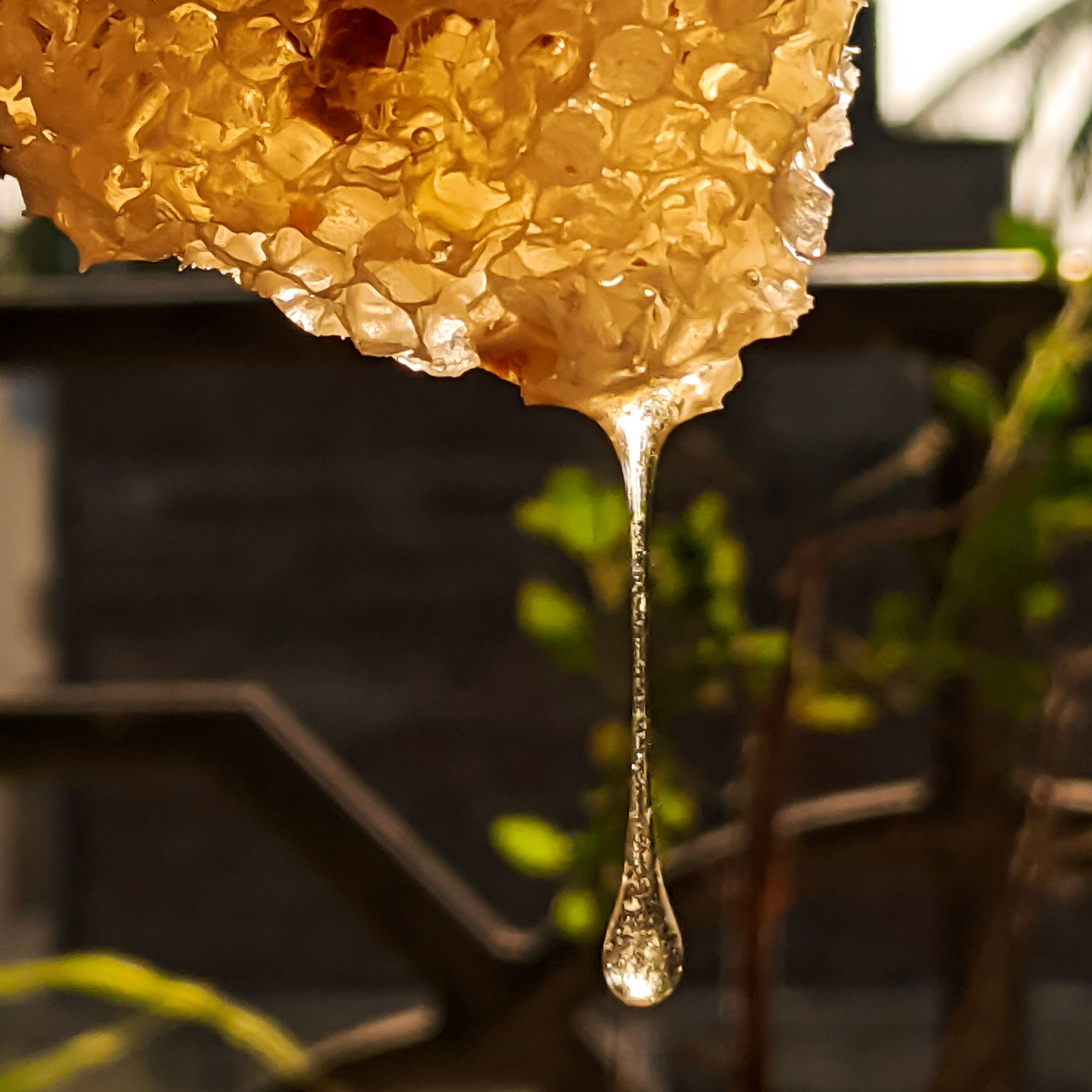
The Buzzing Decline:
Honeybees, along with other pollinators, play a crucial role in global food production by pollinating a vast array of crops.
It's estimated that one-third of the food we consume relies on pollination, making bees essential for maintaining biodiversity and food security.
However, honeybee populations have been facing multiple threats in recent years, resulting in dwindling numbers and declining honey yields.
Pesticides: One of the leading factors contributing to the decline in honeybee populations is the widespread use of pesticides, particularly neonicotinoids.
These chemicals, designed to protect crops from pests, have been linked to bee deaths and colony collapse disorder – a phenomenon where worker bees abandon their hives, leaving behind the queen and immature bees.
Exposure to pesticides weakens bees' immune systems, making them more susceptible to diseases and parasites.
Loss of Habitat: Urbanization, deforestation, and monoculture farming practices have led to the loss of natural habitats for bees.
With fewer flowering plants available for foraging, bees struggle to find the nectar and pollen they need to sustain themselves and produce honey.
The destruction of bee habitats also disrupts their natural behaviour and mating patterns, further impacting their populations.
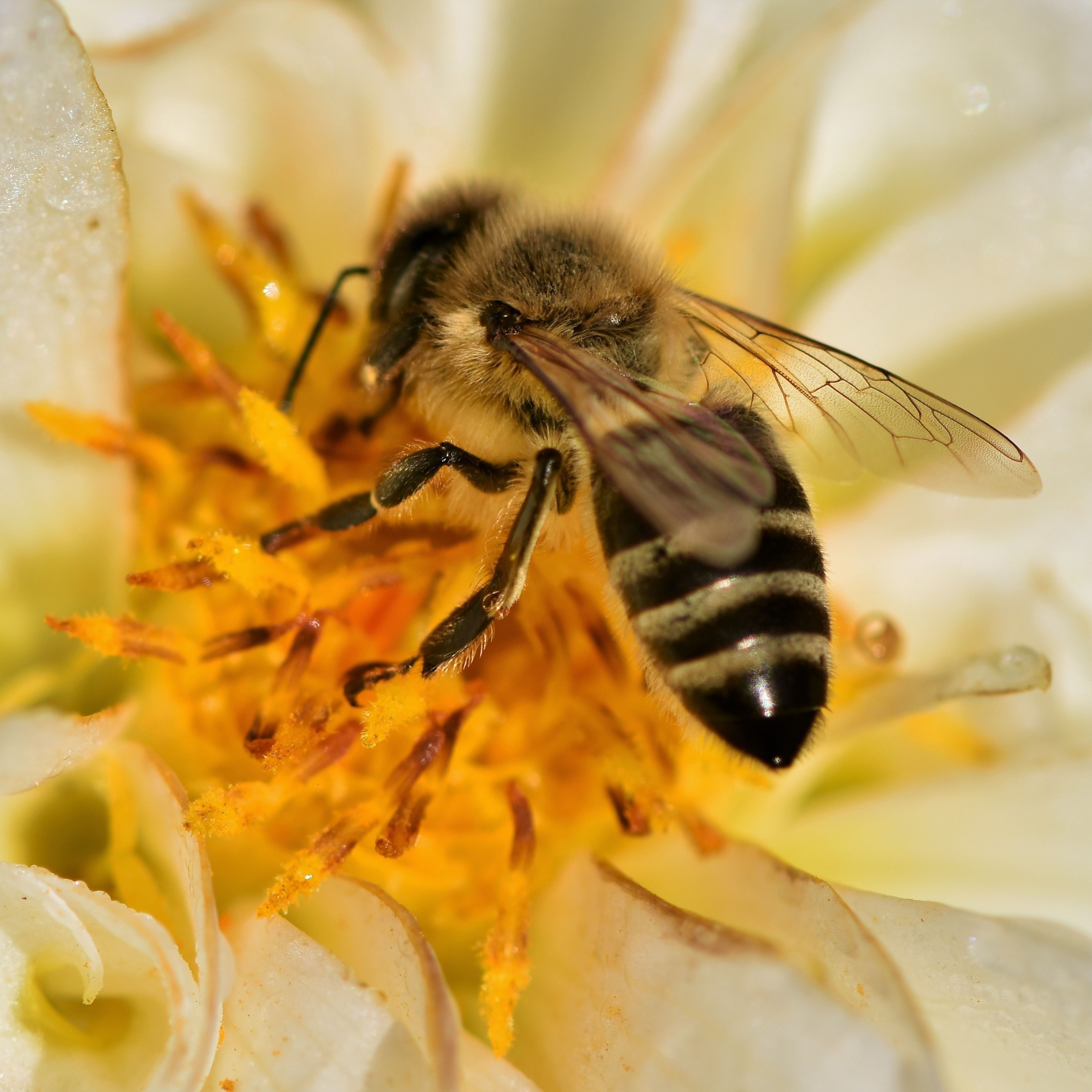
Climate Change: The effects of climate change, including extreme weather events, shifts in temperature and precipitation patterns, and habitat loss, pose significant challenges to bee populations.
Bees rely on stable environmental conditions for foraging, mating, and hive maintenance.
However, unpredictable weather patterns can disrupt these activities, leading to decreased honey production and colony losses.
Parasites and Diseases: Parasites such as the Varroa mite and diseases like American foulbrood pose significant threats to bee colonies.
Varroa mites feed on bees' hemolymph (blood), weaken their immune systems, and transmit viruses, ultimately causing colony collapse. American foulbrood is a bacterial disease that infects bee larvae, resulting in the destruction of entire colonies.
Controlling these parasites and diseases requires vigilant management practices and, in some cases, the use of antibiotics, which can have unintended consequences for bee health.
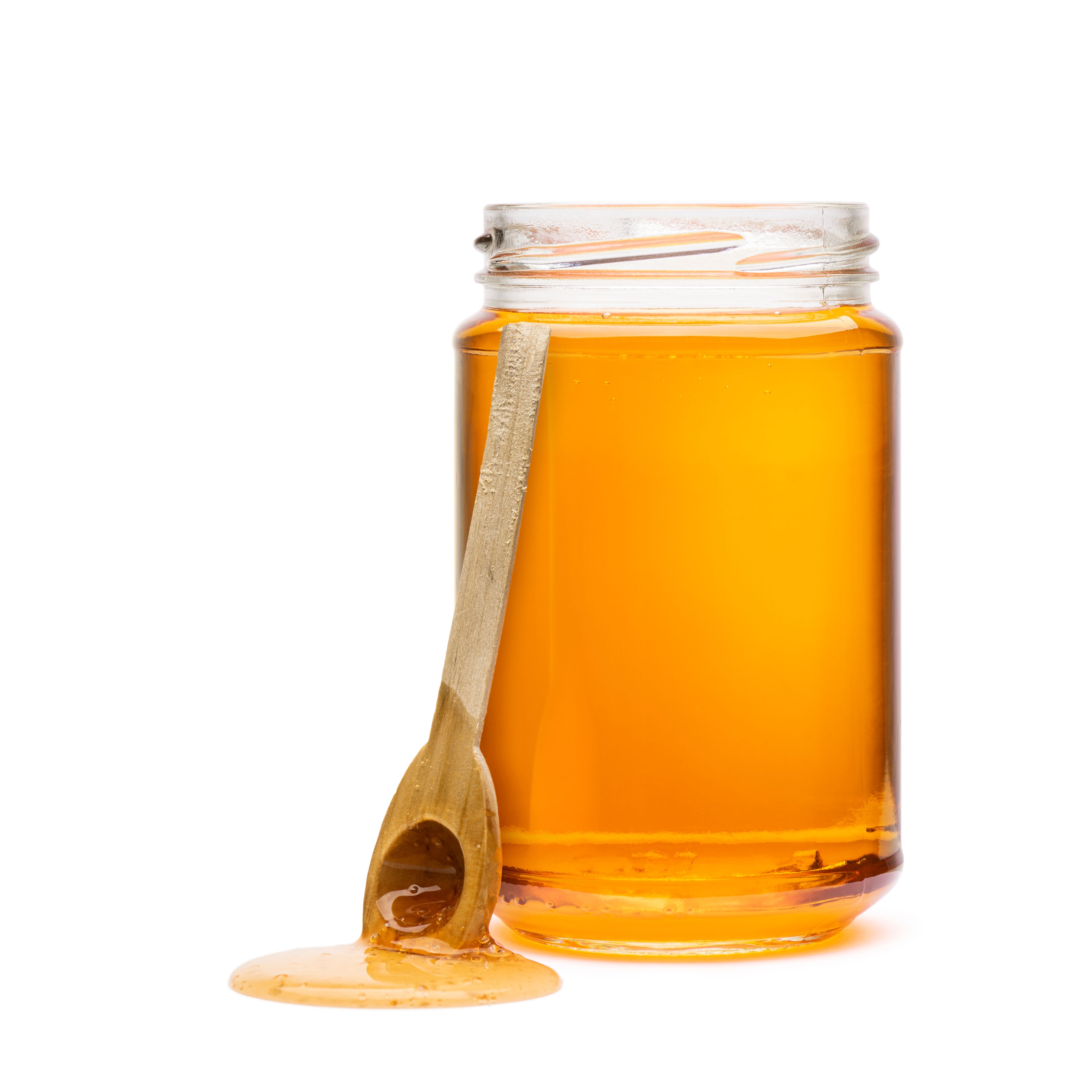
Pollution: Air and water pollution from agricultural runoff, industrial emissions, and waste disposal contaminate bee habitats and forage sources.
Pesticide residues, heavy metals, and other pollutants can accumulate in nectar and pollen, harming bees' health and compromising the quality of honey.
Pollution also contributes to habitat degradation and reduces the availability of diverse flowering plants essential for bee nutrition.
This decline in honey yields is a multifaceted problem with far-reaching implications for ecosystems, agriculture, and food security.
Addressing the complex factors contributing to this decline requires coordinated efforts from governments, farmers, beekeepers, and researchers worldwide. Implementing sustainable agricultural practices, reducing pesticide use, preserving natural habitats, and mitigating the impacts of climate change are essential steps toward safeguarding bee populations and ensuring a stable supply of honey for generations to come.
As stewards of the environment, it is our responsibility to protect these invaluable pollinators and the vital services they provide to our planet.
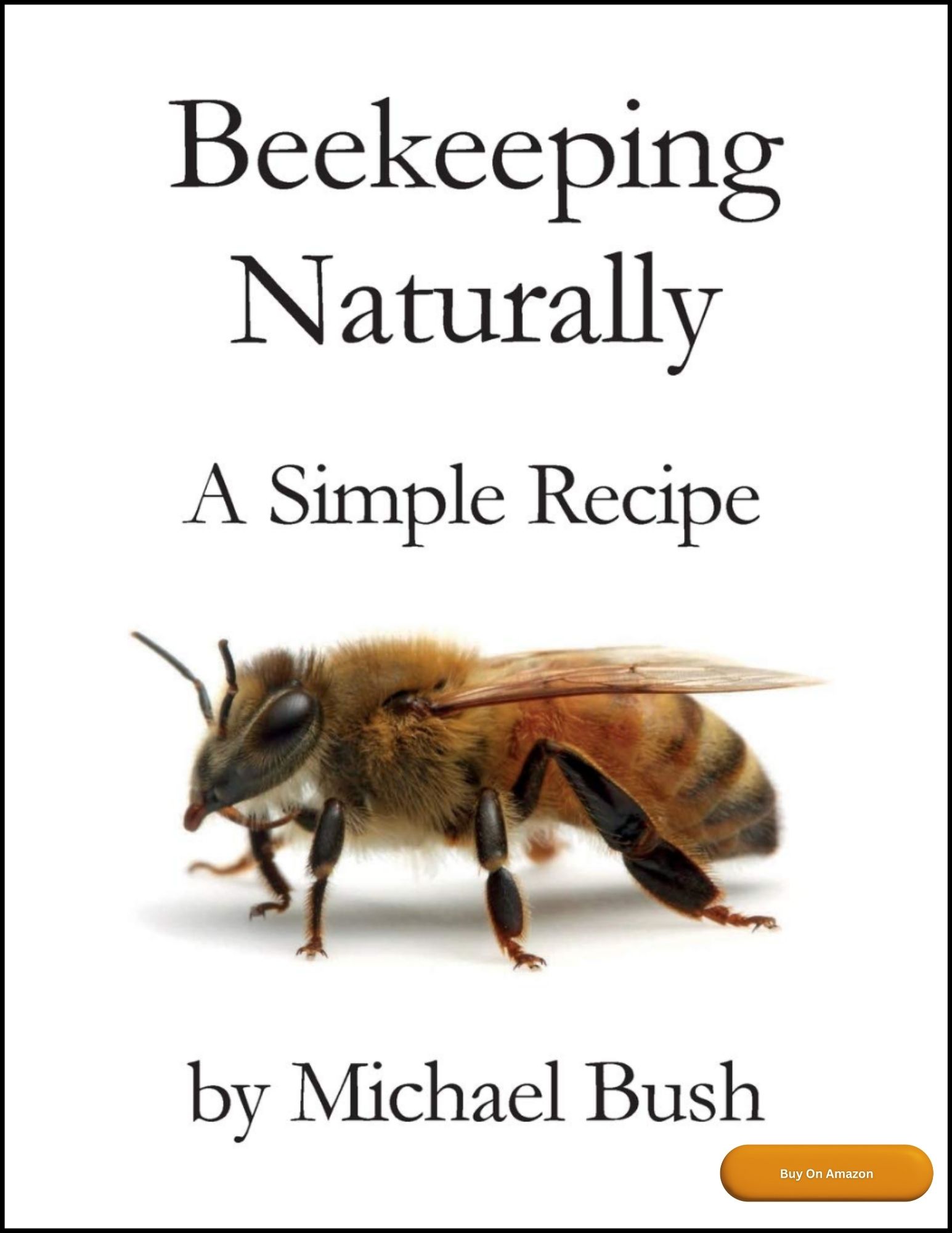
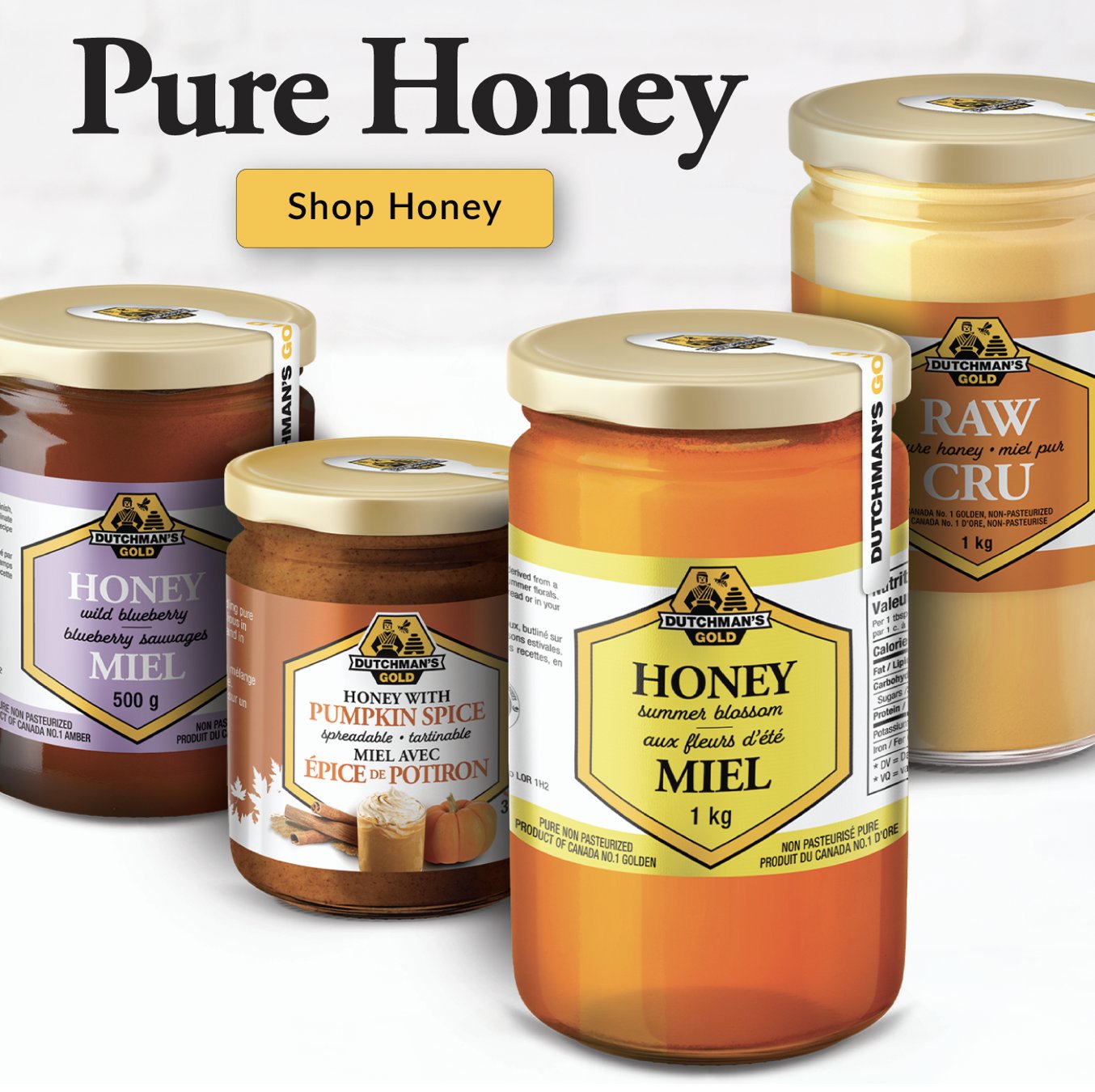
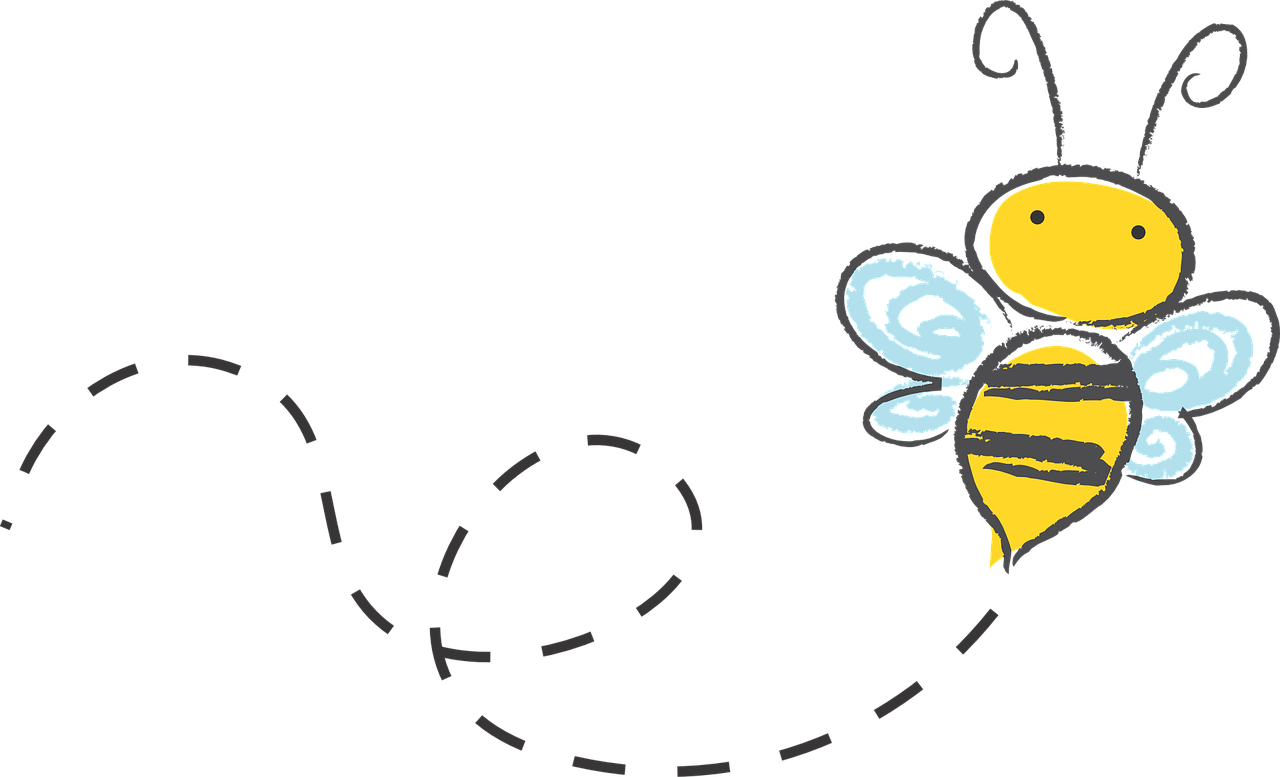
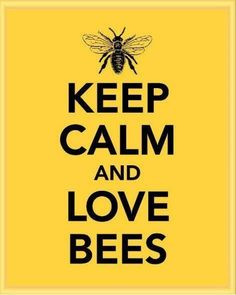
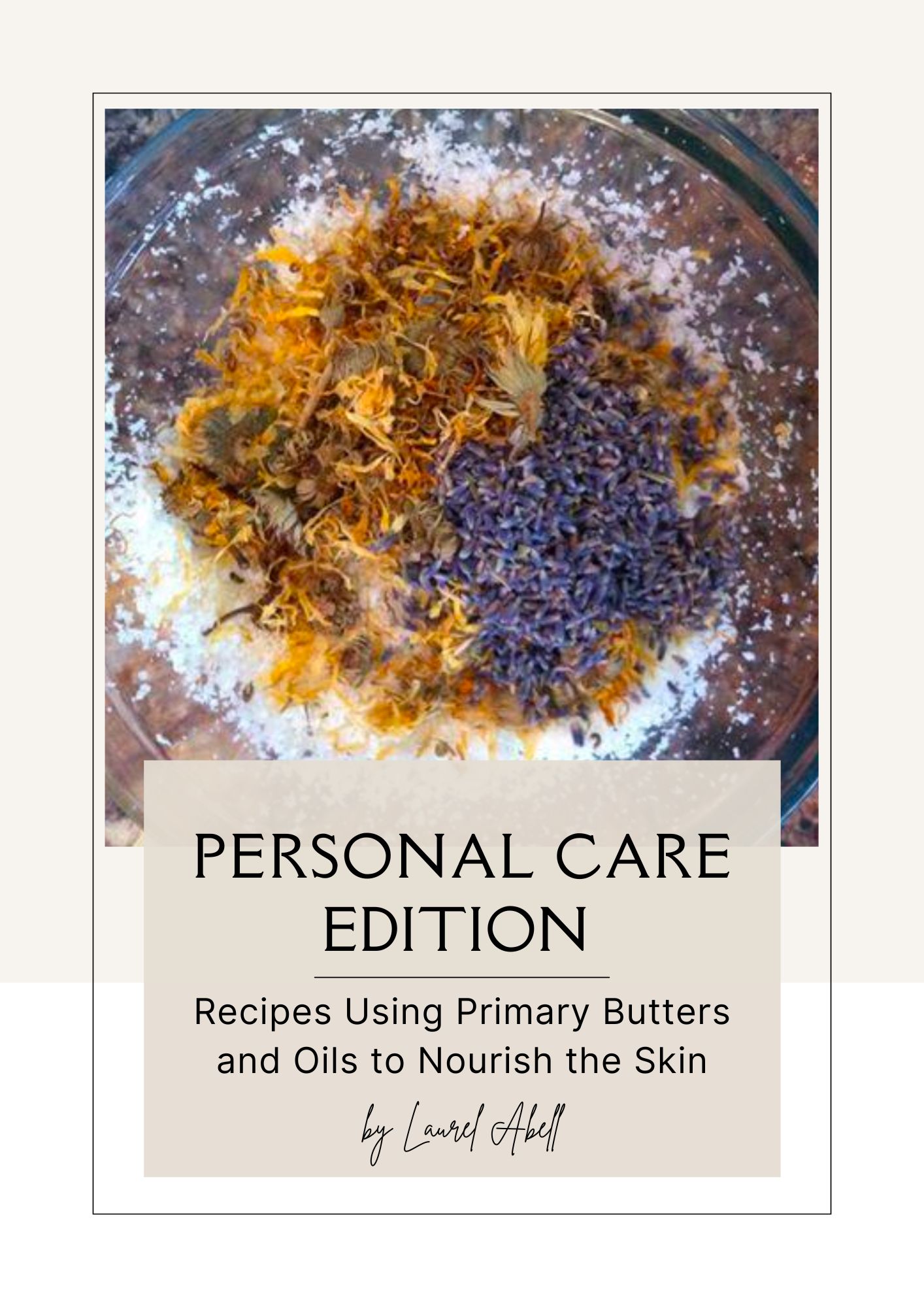
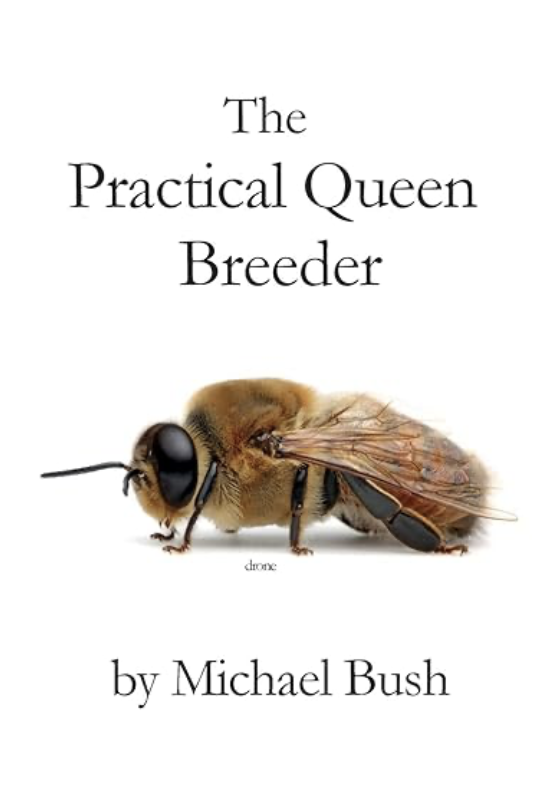
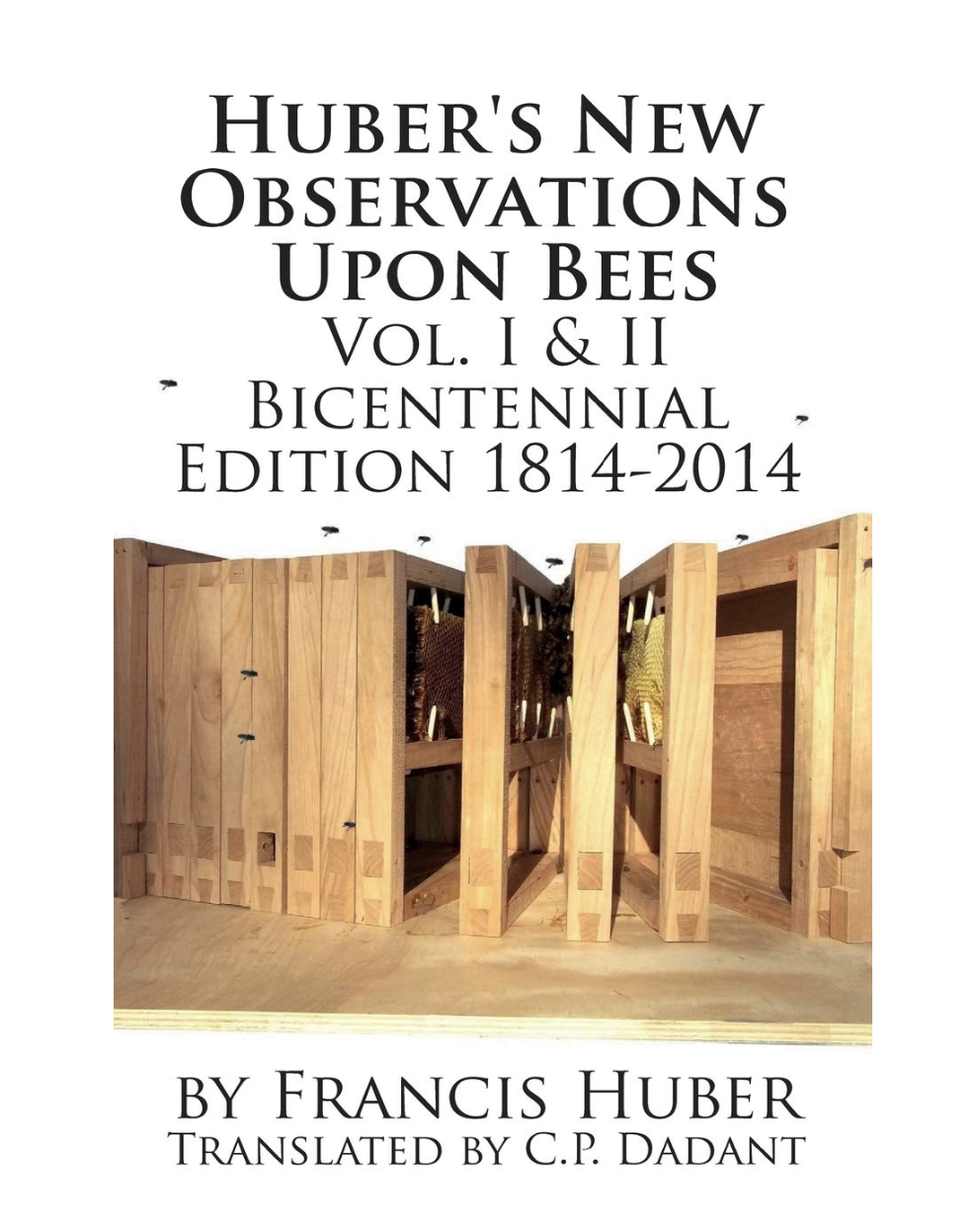
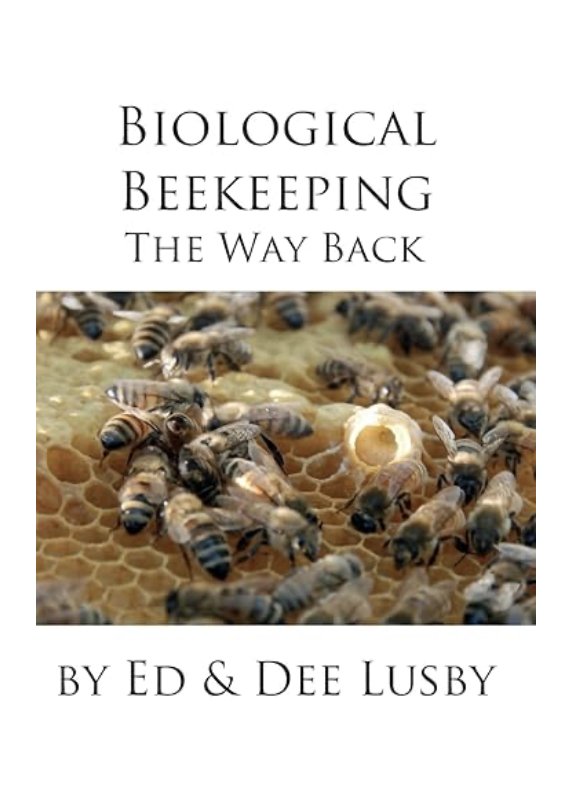

New! Comments
Have your say about what you just read! Leave me a comment in the box below.